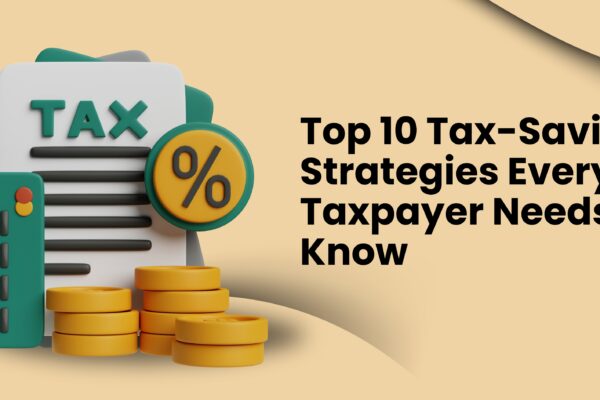“Streamlining GST Notices and Orders: A Revamped Portal Experience for Taxpayers”
In recent times, many taxpayers using GST portals found themselves inundated with notices and orders from the GST Department. This surge was due to the expiration of the limitation period for issuing notices and orders under Section 73 of the CGST Act 2017. Under the CGST Act 2017, one of the methods for serving any decision, order, summons, notice, or other communications is by making it accessible on the GST portal (Section 169).
However, locating these notices and orders posed a challenge for taxpayers as they were dispersed across two separate windows within the “User services” section: “View Notices and Orders” and “View Additional Notices and Orders.” This resulted in some taxpayers inadvertently missing these notices, leading to non-responsiveness and subsequent issuance of orders by Department officers.
To address this issue and streamline the GST portal experience, a revamp is underway. The “Notices and Orders” section on the portal is being revamped to integrate “View Notices and Orders” and “View Additional Notices and Orders” into a single window.
Under the “Notices and Orders” section, taxpayers can access various types of notices and orders issued by tax authorities:
Registration: Notices, orders, and intimations related to registration activities, including new registration, amendments, cancellations, revocations, and other communications.
Return Defaulters: Notices issued by the system to return defaulters in Form GSTR-3A.
Return Discrepancies: Notices related to return discrepancies, including GST DRC-01B and GST DRC-01C.
Summary of Assessment Orders: Summaries of assessment orders issued offline in Form GST DRC-07, including notices and other proceedings.
Additionally, the “Additional Notices and Orders” section encompasses notices and orders pertaining to various modules such as Advance Ruling, Appeal, Assessment/Adjudication, Audit, Enforcement, Prosecution and Compounding, Recovery, and LUT (Letter of Undertaking).
The integration of notices and orders of different types aims to facilitate easier navigation for taxpayers when accessing communications from the GST Department, enabling them to respond promptly and efficiently.
To ensure timely response to notices and orders, GST registered persons are advised to:
Regularly check for notices or orders issued by the GST Department using the revamped functionality, preferably twice a week, as GST notices are time-bound.
Respond promptly to notices or orders received from the GST Department within the stipulated timelines.
This proactive approach not only allows taxpayers ample time to analyze the issue thoroughly but also ensures compliance with GST regulations.









